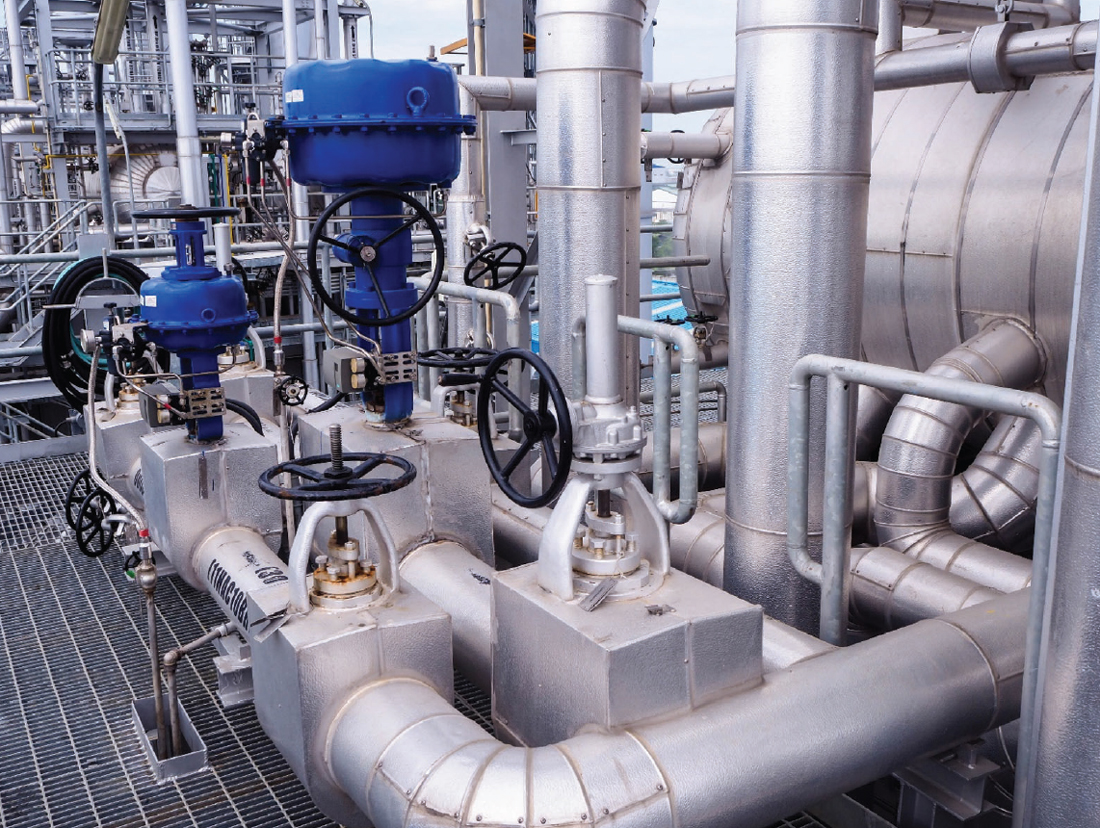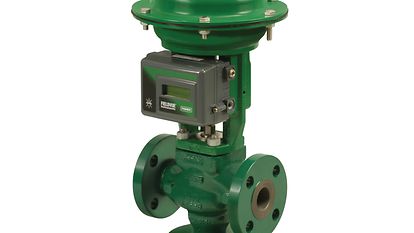Cutting-edge Control Valves: Enhancing Accuracy and Integrity
Cutting-edge Control Valves: Enhancing Accuracy and Integrity
Blog Article

Maximize Power Financial Savings and Convenience With Advanced Structure Automation Controls
In the world of modern-day style and center administration, the combination of innovative structure automation manages stands as a critical innovation. By using the power of automation, buildings can adapt, respond, and progress in means that were as soon as unimaginable.
Power Effectiveness Conveniences
Power efficiency advantages can considerably minimize power usage and operational costs in structures. Energy-efficient systems, such as innovative structure automation controls, can maximize the usage of resources like lighting, heating, and cooling, leading to lower power expenditures over time.
In addition, improved power performance can lengthen the lifespan of building equipment and systems. By operating a lot more efficiently, a/c systems, light, and other building parts experience less damage, causing reduced upkeep and replacement costs. Furthermore, energy-efficient buildings commonly regulate greater residential or commercial property values and rental rates, supplying lasting economic benefits to proprietors.
Additionally, energy effectiveness can improve passenger convenience and performance. Appropriately controlled interior settings with ideal illumination and thermal conditions produce an even more enjoyable and favorable work space, bring about improved staff member complete satisfaction and performance. In general, the energy effectiveness advantages connected with advanced building automation controls are diverse, incorporating expense financial savings, environmental stewardship, and passenger wellness.
Boosted Convenience Control
Enhancing comfort control in building settings requires an innovative assimilation of advanced automation systems for optimal resident health. By making use of advanced building automation controls, facilities can customize the interior environment to meet the details demands and choices of owners. These systems make it possible for accurate law of temperature, ventilation, and illumination, creating a comfy and effective environment. Occupant complete satisfaction and performance are closely linked to thermal convenience, making it important to have systems in position that can adapt to altering conditions in real-time.
Boosted comfort control goes beyond standard temperature level changes. It consists of features such as customized setups, occupancy sensors, and natural light utilization to develop a vibrant and receptive setting. By incorporating these sophisticated controls, buildings can not only improve convenience but additionally enhance power performance by optimizing system operations based on actual tenancy and usage patterns. Ultimately, prioritizing occupant comfort with sophisticated automation systems causes a more pleasurable and much healthier indoor setting.
Operational Performance Improvements

Additionally, the execution of real-time surveillance and analytics tools makes it possible for structure drivers to identify power inadequacies and functional abnormalities immediately. By constantly monitoring power use patterns and system performance metrics, changes can be made in real-time to optimize power intake and make sure peak functional effectiveness. control valves. Furthermore, integrating demand feedback strategies right into building automation controls can even more boost functional performance by dynamically adjusting energy use based upon grid problems and pricing signals
Indoor Environment Optimization
Effective interior environment optimization is a fundamental facet of structure automation controls, ensuring residents' comfort and wellness while maximizing power financial savings. By using advanced sensing units and controls, building automation systems can continually keep an eye on and adjust temperature get redirected here level, moisture levels, air quality, and ventilation to create an ideal interior setting. Maintaining constant and comfy conditions not only improves occupant fulfillment yet additionally boosts productivity and general health.
Interior environment optimization additionally plays an important function in power efficiency. By fine-tuning air conditioning, air flow, and heating systems based upon real-time data and tenancy patterns, building automation controls can substantially reduce energy usage - control valves. visit the website For example, implementing approaches such as demand-controlled ventilation and thermal zoning can aid lessen energy waste while making sure that each area of the building obtains the essential conditioning.

Lasting Atmosphere Creation
Structure automation manages not only maximize indoor climate problems for energy performance and passenger comfort yet likewise lay the foundation for developing a lasting environment via critical monitoring of systems and sources. By incorporating innovative building automation technologies, such as sensors, actuators, and smart software program, facilities can keep track of and change power usage in real-time to decrease waste and minimize their carbon footprint. These systems enable anticipating upkeep, recognizing potential issues prior to they intensify and optimizing tools performance to enhance durability and performance.
Additionally, sustainable environment development expands beyond energy administration to incorporate water conservation, waste reduction, and interior air top quality improvement. Building automation controls can control water use, spot leaks, and make certain proper waste disposal methods, adding to overall sustainability efforts. Additionally, by checking and controlling ventilation and filtering systems, these modern technologies boost occupant health and productivity while decreasing energy consumption related to a/c procedures.
Final Thought
To conclude, progressed structure automation manages deal considerable advantages in regards to energy cost savings, comfort control, operational efficiency, indoor environment optimization, and developing a sustainable setting. By applying these controls, structures can attain optimal efficiency while lowering power usage and improving occupant convenience. It appears that using sophisticated automation innovation is important in improving building performance and creating an extra sustainable future.
Power performance benefits can substantially minimize energy usage and operational prices in structures. Generally, the power effectiveness benefits linked with advanced structure automation controls are diverse, encompassing expense savings, ecological stewardship, and resident health.
Furthermore, including demand reaction methods right into structure automation controls can further click here for info enhance operational effectiveness by dynamically changing power use based on grid problems and pricing signals.
Building automation controls not just optimize indoor climate problems for power efficiency and occupant comfort but also lay the foundation for creating a sustainable environment through strategic management of resources and systems.In conclusion, advanced structure automation regulates deal substantial advantages in terms of power cost savings, comfort control, operational efficiency, indoor climate optimization, and creating a lasting setting.
Report this page